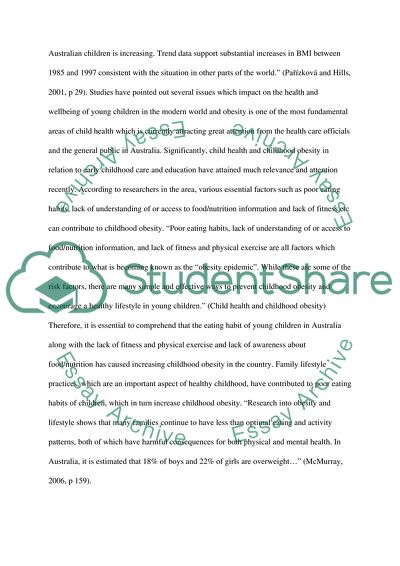Cite this document
(“Childhood obesity in Australia Essay Example | Topics and Well Written Essays - 1000 words”, n.d.)
Retrieved from https://studentshare.org/health-sciences-medicine/1561852-childhood-obesity-in-australia
Retrieved from https://studentshare.org/health-sciences-medicine/1561852-childhood-obesity-in-australia
(Childhood Obesity in Australia Essay Example | Topics and Well Written Essays - 1000 Words)
https://studentshare.org/health-sciences-medicine/1561852-childhood-obesity-in-australia.
https://studentshare.org/health-sciences-medicine/1561852-childhood-obesity-in-australia.
“Childhood Obesity in Australia Essay Example | Topics and Well Written Essays - 1000 Words”, n.d. https://studentshare.org/health-sciences-medicine/1561852-childhood-obesity-in-australia.


